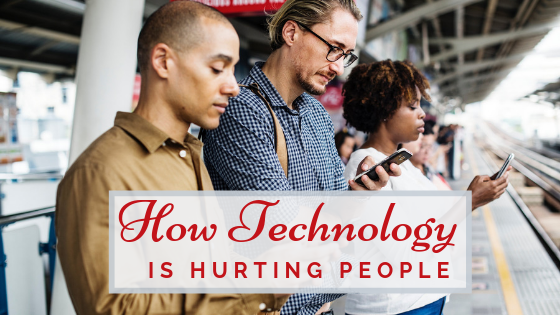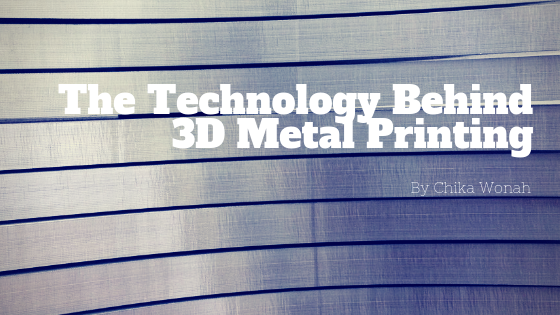Technology comes with a plethora of benefits, but it also has a downside. When technology begins to interfere with our relationships and our physical and mental health, we need to take a step back and re-evaluate. Here are some ways that technology is hurting people:
Social interaction
Despite the fact that most of us are spending our time on social media, technology is causing us to become antisocial. We are spending less time together face-to-face. We are also talking to each other less and instead prefer texting as our primary form of communication.
Worse yet, social media is designed to be addictive. Companies that profit from your use of social media want you to stay on their apps as long as possible, so they’ve created things like the “infinite scroll” that we are accustomed to, which is highly habit-forming. Our smartphone addictions cause us to look at our phones through meals and other social gatherings, rather than talk to our family and friends. This is deeply affecting most of our relationships.
Physical health
Time spent watching TV or staring at other screens is the time that we are missing out on physical exercise. Teens and pre-teens are spending an average of over nine hours a day on their devices. If you combine this with the number of time kids spend in school and sleep at night, there’s no way the average American teen is getting the proper amount of physical activity.
Furthermore, many people, including teens and children, are eating in front of their televisions. Studies show that people eat more when they are distracted. We’ve all been there, right? You sit in front of the TV, grab a bag of chips, and the next thing you know— the bag’s empty. Overeating can easily happen when we aren’t paying attention to our food intake because it takes the brain some time to send us signals to stop eating.
Mental and emotional health
Mental health problems have been linked to technology overuse. Studies have shown correlations between the amount of time spent on smartphones and depression, anxiety, and problems sleeping.
There’s also plenty of evidence that suggests that as technology continues to take over, happiness declines. The General Social Survey asks people to rate their levels of happiness and has shown that there are over 50% more people who report being unhappy than there were in the 1990s.
What can we do?
Technology is here to stay, so what can we do to prevent it from negatively affecting our society? We need to start by recognizing the problems and then addressing them. If you have an addiction to your phone, go without it for a few days. After that, you can return to using it but do so in moderation.
Also, be sure to monitor technology use for children and teenagers who are in your life. Kids don’t understand the consequences of playing video games all day, but they will still have to live with them if we don’t intervene.
Technology does not have to be a negative thing. As long as we are responsible and aware, we can ensure that we enjoy the many benefits of technology without the consequences of overuse.










